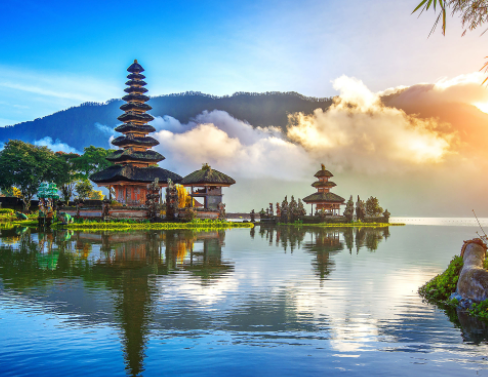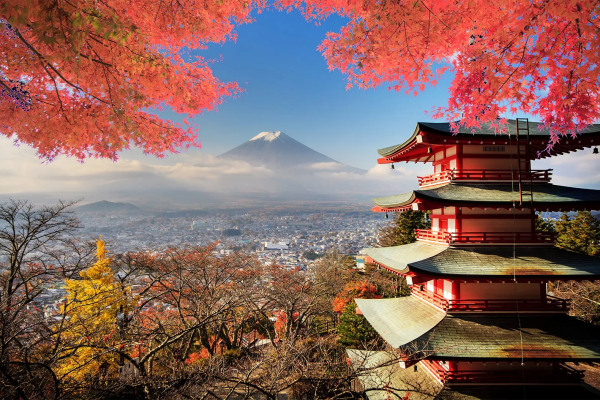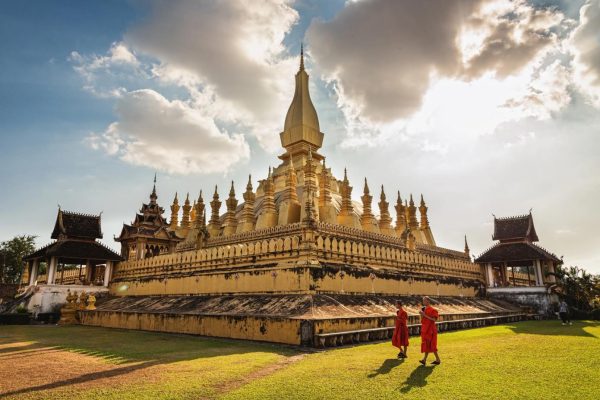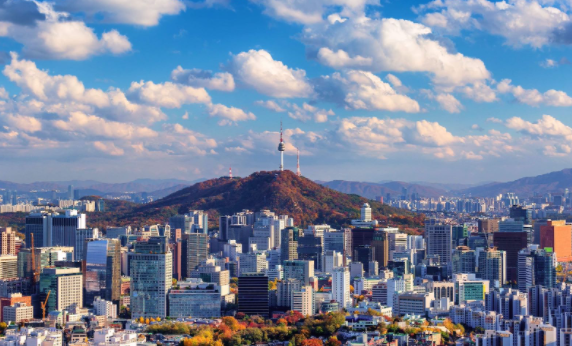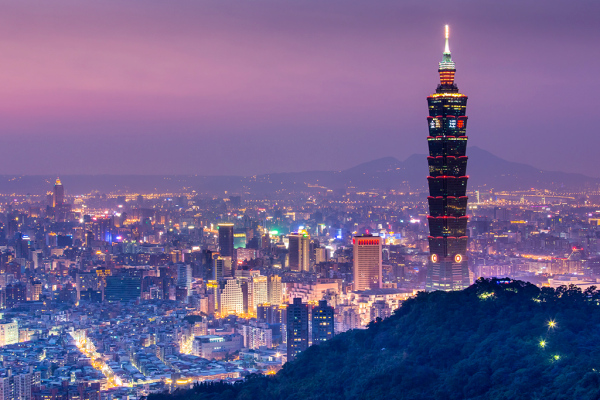Asia
Asia is the largest and most populous continent on Earth, covering an area of over 44 million square kilometers (17 million square miles) and home to more than 4.6 billion people, which represents about 60% of the world’s population. It is located mainly in the eastern and northern hemispheres and is bordered by the Arctic Ocean to the north, the Pacific Ocean to the east, the Indian Ocean to the south, and Europe and Africa to the west.
Asia is home to a diverse range of cultures, religions, and languages. Some of the largest countries in Asia include China, India, Japan, Indonesia, and Russia. The region is known for its rich history, including ancient civilizations like those in China, India, and Mesopotamia.
The geography of Asia is also diverse, with high mountain ranges such as the Himalayas, the world’s largest deserts such as the Gobi and the Arabian, and vast river systems such as the Yangtze and the Ganges. The region is also home to a variety of plant and animal life, including tigers, pandas, and orangutans.
Asia is a hub of economic activity, with some of the world’s fastest-growing economies, including China, India, and Japan. It is also a major center for manufacturing, technology, and innovation. The region has a wide range of natural resources, including oil, natural gas, coal, and minerals.
Religion plays a significant role in many Asian countries, with the dominant religions including Buddhism, Hinduism, Islam, and Confucianism. Traditional practices such as meditation and martial arts have also originated from Asian cultures.
Despite the region’s progress, Asia faces a number of challenges, including poverty, political instability, environmental issues, and social inequality. However, the region’s diverse cultures, rich history, and natural beauty continue to attract visitors and researchers from around the world.

